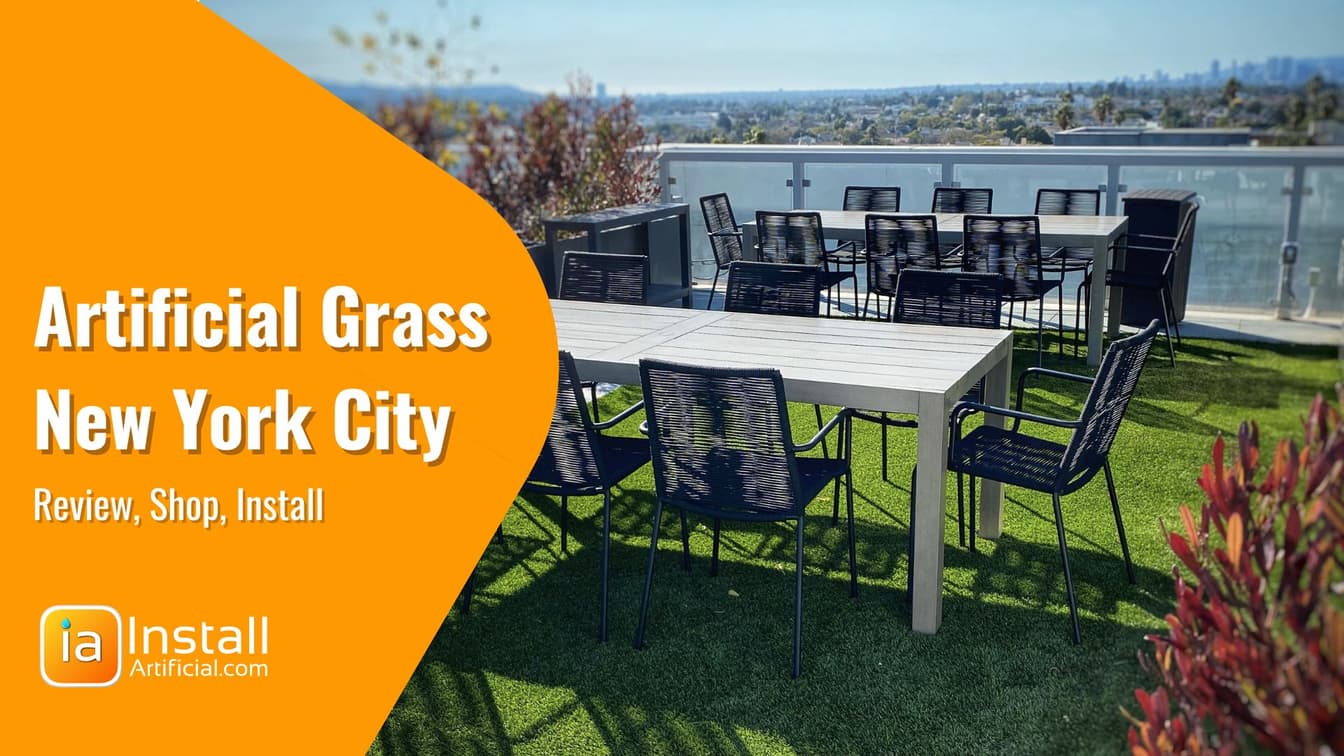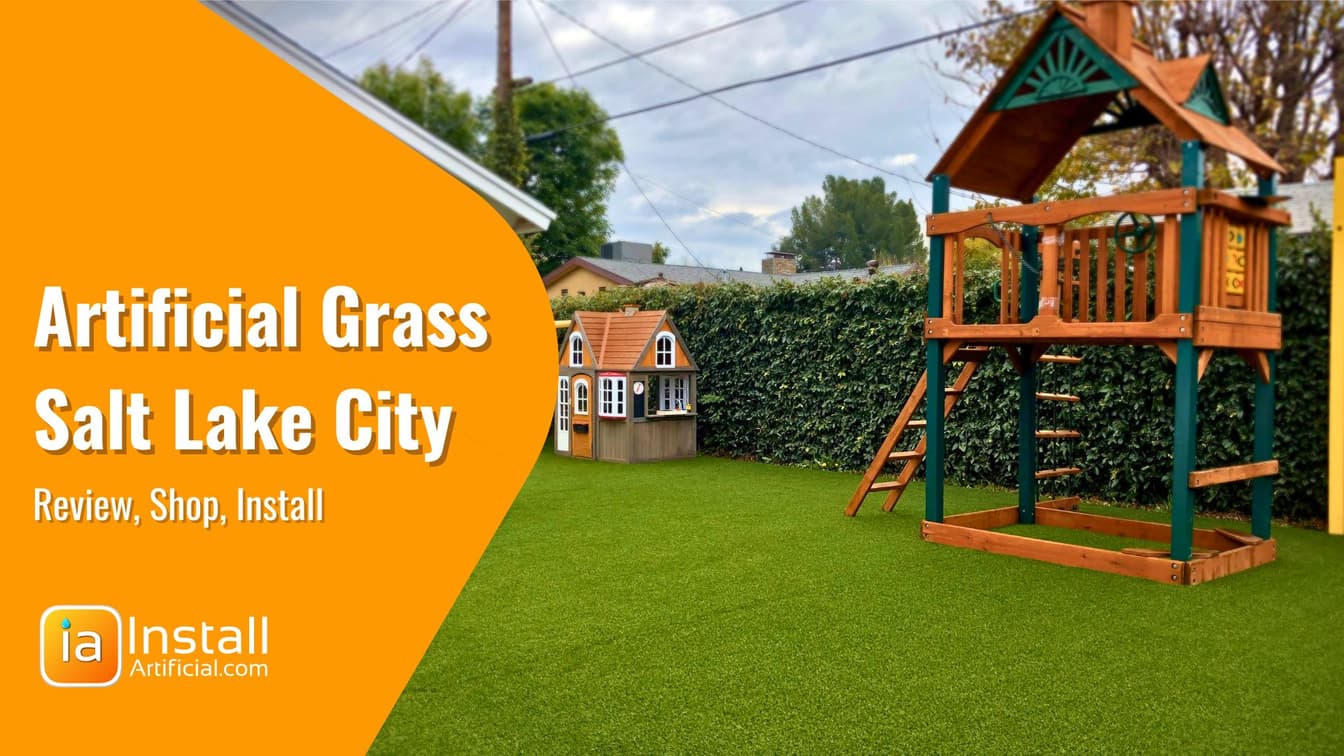
Dive into the growing phenomenon of artificial grass in New York City, as residents eagerly embrace this convenient substitute for natural turf. Discover the factors...
In these uncertain times, every penny matters. However, with summer upon us, it is time to repair artificial grass in Los Angeles, Altadena, Pasadena, Pacific Palisades, Malibu, Sierra Madre, Burbank, and other cities affected by the fire. Ensure your artificial grass is in top condition before the festivities begin.
The decision to repair or reinstall artificial grass largely hinges on the current state of both the artificial grass itself and the underlying base. When artificial grass is installed correctly, with a stable and well-prepared base, it can often be repaired with relative ease. This is because the integrity of the installation allows for straightforward fixes, such as re-adhering seams or patching small areas of damage. Conversely, artificial grass that has been poorly installed, particularly when laid directly over soil without proper preparation, presents significant challenges. In such cases, the lack of a solid foundation can lead to issues like uneven surfaces, poor drainage, and increased susceptibility to damage, making recovery and repair efforts much more difficult and often less effective.

Here are the most common types of damage you’ll see on artificial turf that typically require repair:
Seam Separation
What it looks like: Gaps or visible stitching lines opening up where two turf rolls meet.
Causes: Poor installation, ground shifting, heavy loads or repeated foot traffic along seams.
Repair: Re-adhere with turf seam tape and outdoor-grade adhesive; re-stitch if necessary.
Tears, Cuts or Rips
What it looks like: Jagged edges or clean slashes in the turf fibers/backing.
Causes: Sharp objects (garden tools, pets’ claws), high-heel damage, vandalism.
Repair: Trim ragged edges, apply a patch from matching turf piece using adhesive and seam tape.
Wrinkles or Buckling
What it looks like: Wavy or rippled areas where the turf has shifted or lifted.
Causes: Improper initial stretching, temperature-induced expansion/contraction, base erosion.
Repair: Lift the area, re-level and compact the base, then restretch and secure the turf.
Infill Loss or Displacement
What it looks like: Bare spots where the sand infill has thinned out.
Causes: Heavy usage, cleaning equipment, and insufficient initial infill.
Repair: Top up with manufacturer-recommended infill material and brush it evenly into the fibers.
Compacted or Matted Fibers
What it looks like: Turf blades lying flat rather than standing upright.
Causes: High foot traffic, heavy furniture or equipment left in place.
Repair: Power-brush with a turf broom or rotary brush; infill replenishment can help prop fibers up.
Backing Damage or Delamination
What it looks like: Backing layer (often jute or polyurethane) peeling away or soft spots underneath.
Causes: Water infiltration, poor drainage, flooding, chemical degradation.
Repair: Cut out the damaged section, install a backing patch with adhesive, then re-seam.
Stains and Discoloration
What it looks like: Permanent discoloration (oil, grease, rust) or chemical burns from spills.
Causes: Automotive leaks, BBQ grease, fertilizer/pesticide spills, harsh chemicals.
Repair: Clean with manufacturer-approved cleaners; for chemical burns, remove and patch the affected section.
Burn Damage
What it looks like: Melted or sticky fibers, often with a distinct burn pattern.
Causes: Cigarette butts, fireworks, hot ashes, chemical reactions and HOT ENGINE BLOWERS!
Repair: Cut out burned area and replace with a matching patch; ensure surrounding edges are clean.
Pet Damage
What it looks like: Clumps of fur, urine “burn” spots, digging holes.
Causes: Dogs digging, urine causing pH-related discoloration.
Repair: Rinse and neutralize urine spots with enzyme cleaners; patch dug areas and refill with infill.
Drainage Problems
What it looks like: Standing water, soggy spots, or slow-draining areas.
Causes: Clogged drain holes, base compaction, poor grading.
Repair: Clear holes in turf backing, power-rake infill, or re-grade base layer as needed.
Most artificial grass repairs in Los Angeles cost $500-1000 and include a few hours of professional work, accessories, and infills.
In Los Angeles, the cost of repairing artificial grass is primarily influenced by labor and material expenses. The complexity and scope of the damage play a crucial role in determining the overall cost, as intricate repairs may necessitate additional time and specialized materials. Given the potential variability in repair requirements, professionals often refrain from providing fixed quotes without conducting a comprehensive assessment. This is due to the meticulous nature of achieving a seamless and visually appealing result, which demands a thorough understanding of the specific issues involved. Homeowners are encouraged to engage a professional team with the requisite tools, expertise, and accessories to ensure efficient and effective repairs. These experts are adept at managing a diverse array of repair scenarios, from minor adjustments to extensive restorations, thereby restoring the artificial turf to its optimal condition.

It is almost impossible to match artificial grass to existing turf, as it tends to lose its color and show wear and tear. However, it is possible to cut a piece that matches and replace the one on the side that is hidden. This can make the repair seamless and invisible. We use this method to repair burns and mechanical damage.

To extend the life of an artificial grass lawn in Los Angeles, you will need to repair, clean, and backfill the lawn.
To extend the life of an artificial grass lawn in Los Angeles, you will need to repair, clean, and backfill the lawn. This will give the lawn a truly remarkable recovery. However, if the artificial grass is matted down, do not expect the blades to recover. Once matter, forever matted.
Schedule your repair and maintenance below. Enjoy a clean and safe artificial grass playground.

Dive into the growing phenomenon of artificial grass in New York City, as residents eagerly embrace this convenient substitute for natural turf. Discover the factors...

Unveil the latest trend captivating Salt Lake City homeowners: the installation of artificial turf. Delve into the enigma surrounding its skyrocketing popularity and...